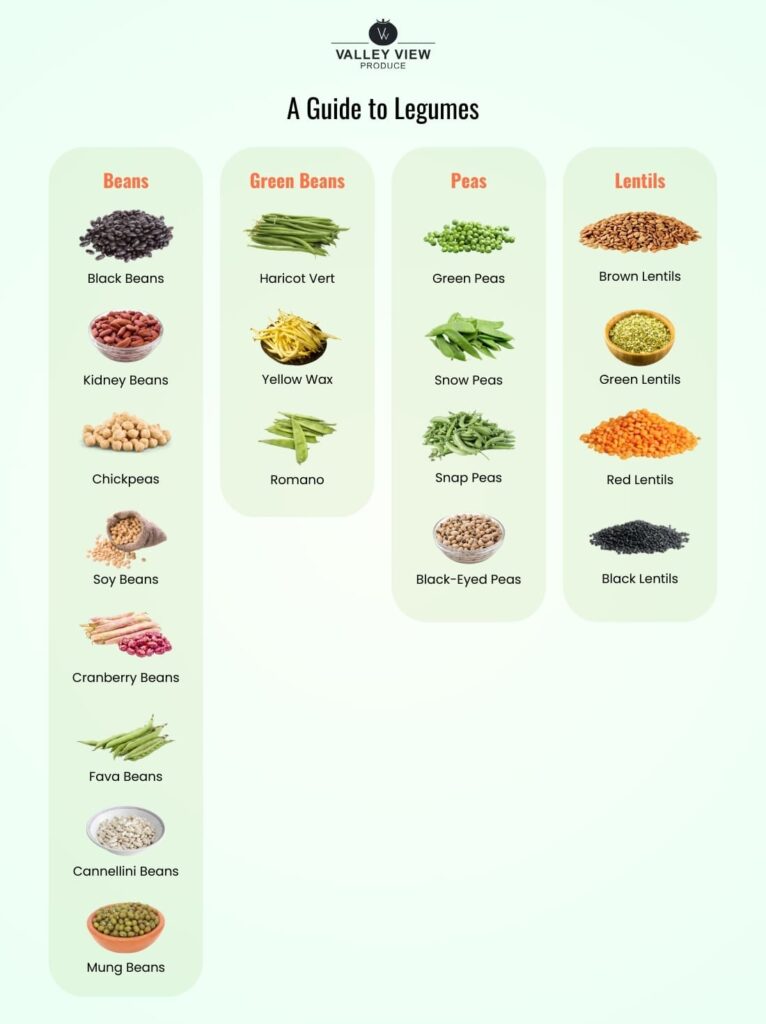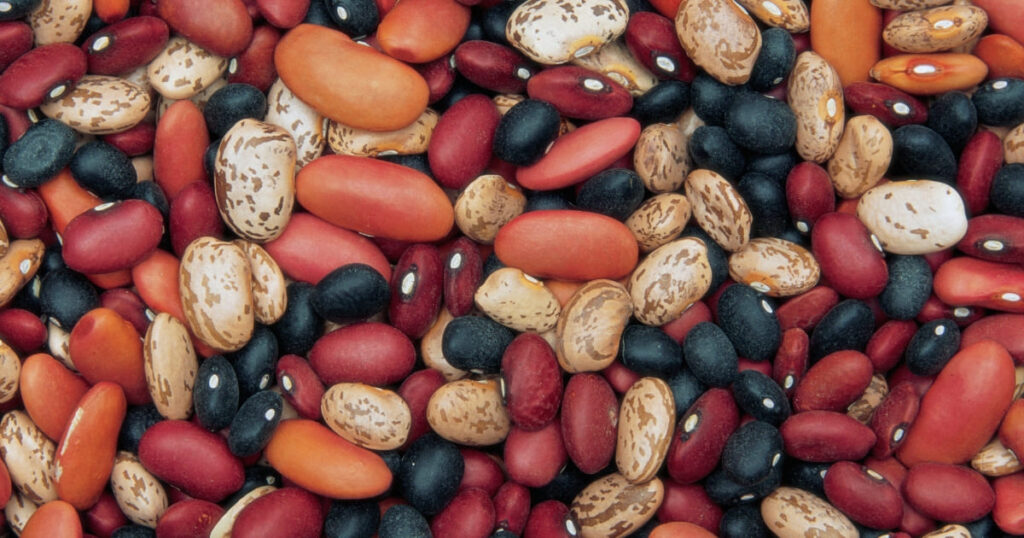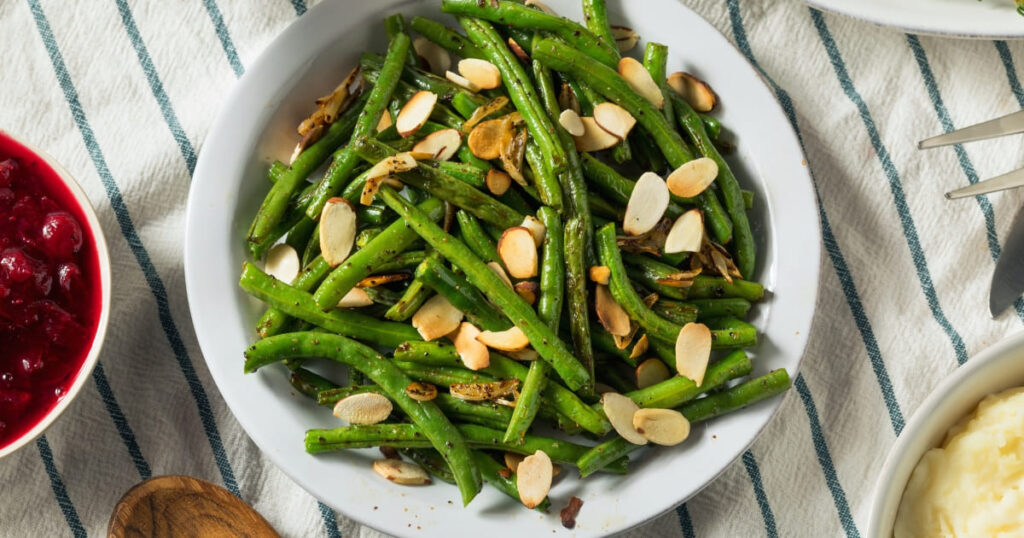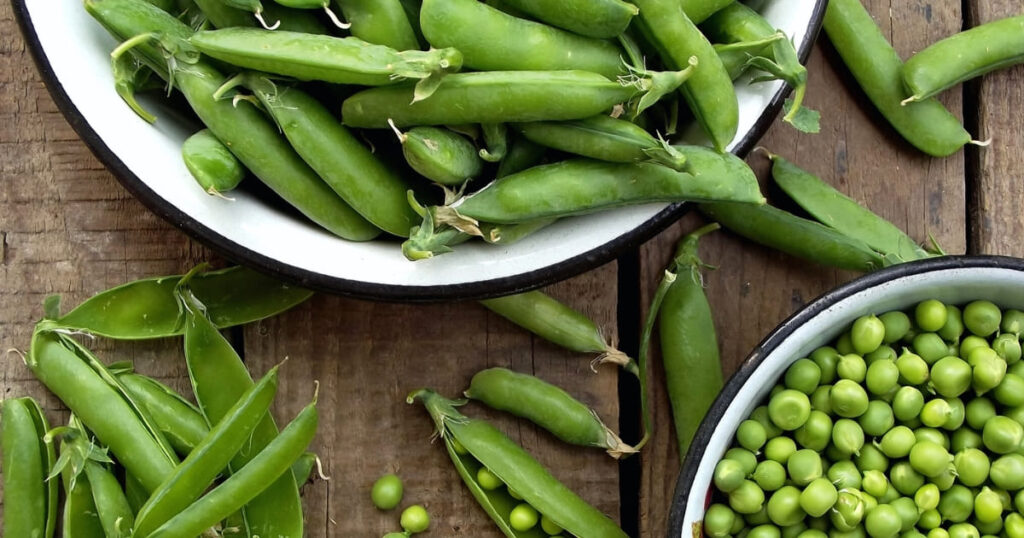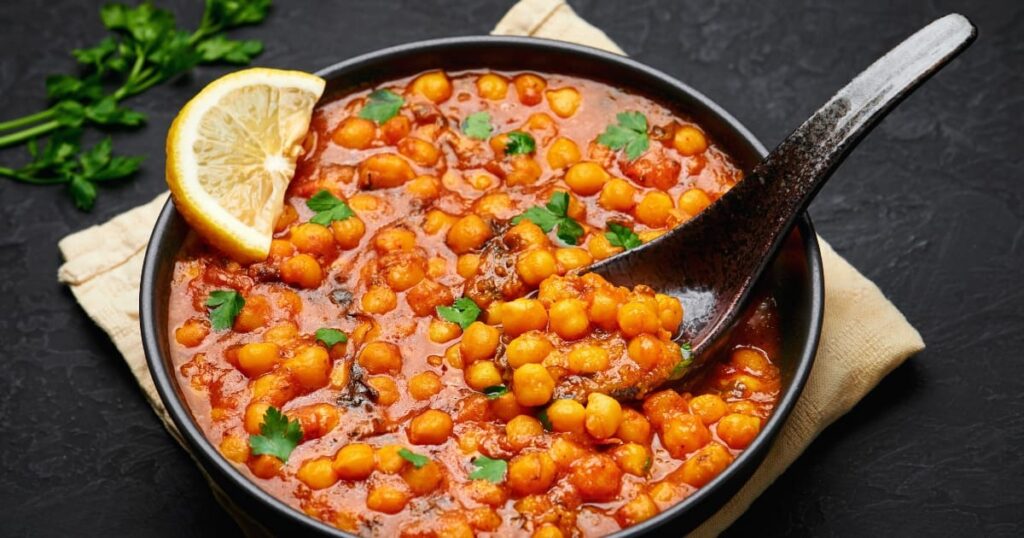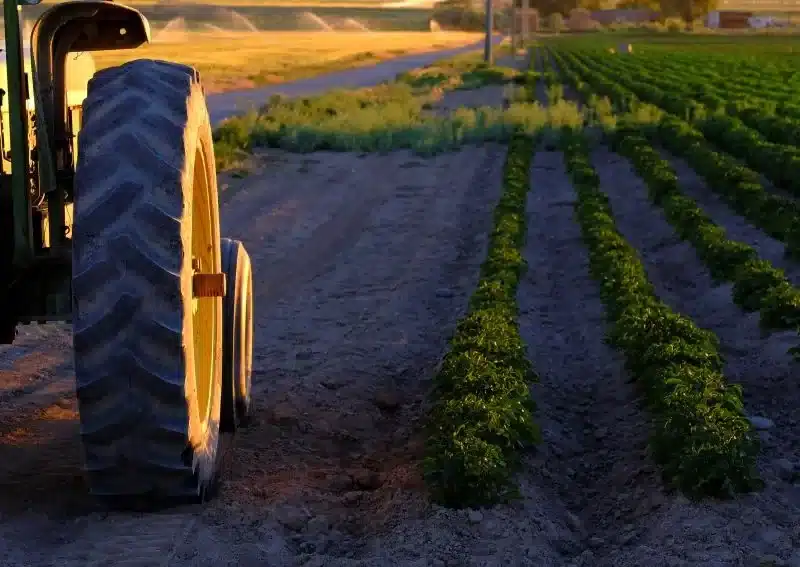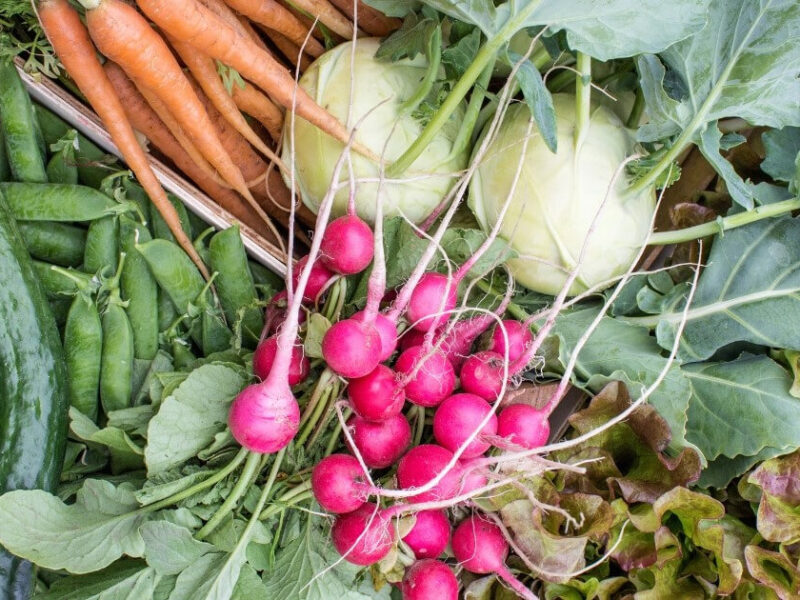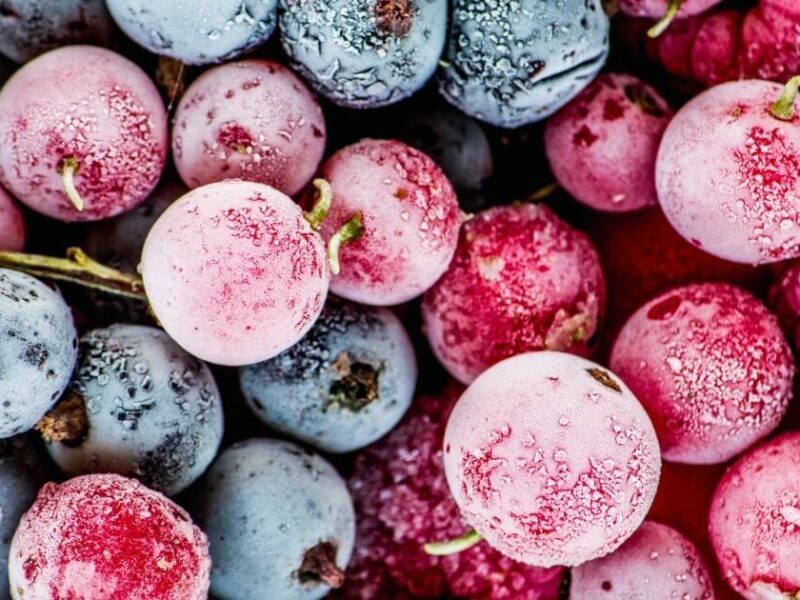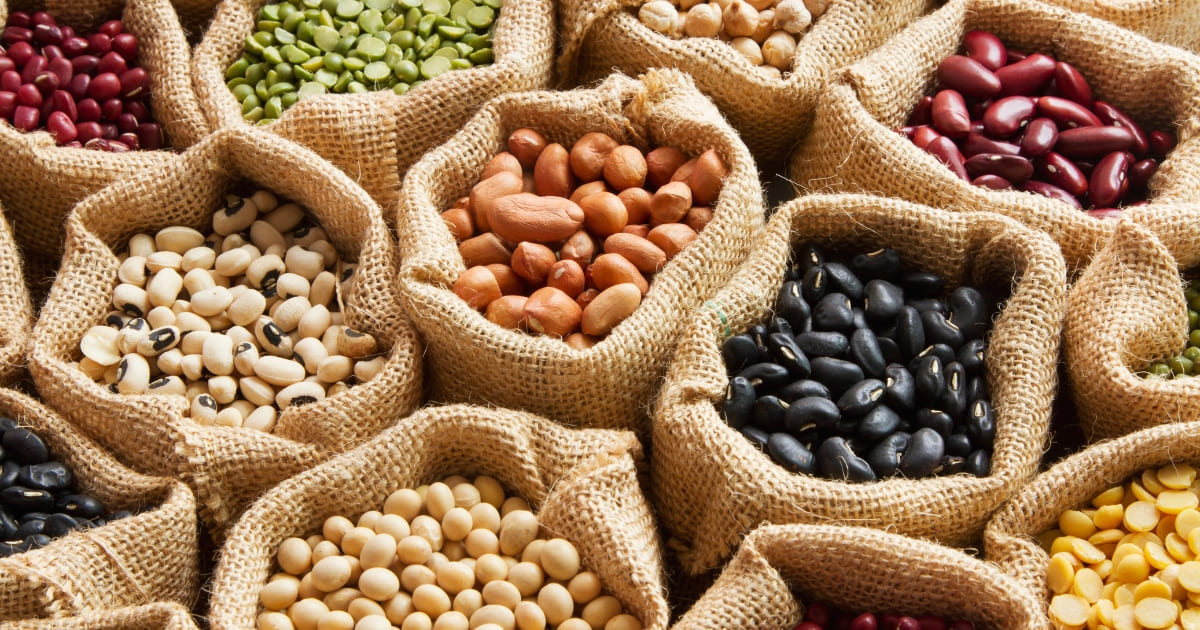
Types of Legumes | Guide for NYC Buyers
Discover the Top Types of Legumes for NYC Kitchens
Legumes are a staple in many cultures around the world. Versatile, affordable, and nutritious, this diverse family of plants offers chefs a treasure trove of culinary potential.
Today, we explore everything you need to know about legumes, from the various types of legumes and their uses to their nutritional benefits and cooking techniques, to help you get the most out of these nourishing plants.
Legumes vs. Beans vs. Pulses | What You Need to Know
The terms “legume,” “bean,” and “pulse” are often used interchangeably, but there are subtle distinctions. Here’s a brief explanation of each term:
- Legumes: Includes all plants in the Fabaceae family, including the seeds (beans and peas) and pods (green beans).
- Beans: The dried seeds of various legume plants, excluding lentils and peas.
- Pulses: This term refers specifically to the dried edible seeds of legumes, encompassing beans, lentils, and dried peas. For culinary purposes, “legumes” and “pulses” are often used synonymously.
For culinary purposes, “legumes” and “pulses” are often used synonymously.
Main Types of Legumes
The legume family is vast, but some of the most common culinary varieties include:
1. Beans:
- Black Beans: Kidney-shaped with a deep black color and mild, earthy flavor. Popular in Latin American cuisine, perfect for black bean soup, burritos, and dips.
- Kidney Beans: Deep red, kidney-shaped beans with a slightly sweet and nutty flavor. A staple in chili, tacos, and stews
- Chickpeas: Creamy and beige-colored, with a nutty flavor. A key ingredient in hummus, falafel, and curries.
- Cannellini Beans: Large, white, kidney-shaped beans with a creamy texture and mild flavor. Perfect for pasta dishes, soups, and salads.
- Fava Beans: Large, flat, broad beans with a bright green pod and a buttery, slightly sweet flavor. Enjoyed fresh, shelled, and boiled, or used in dips and pasta.
- Mung Beans: Small, green beans with a neutral flavor and firm texture. Popular in Asian cuisine for stir-fries, soups, and bean sprouts.
- Cranberry Beans: Beautiful red mottled bean with a firm texture and slightly tart flavor. Excellent in salads, soups, and stews.
- Edamame Beans: Immature soybeans that are harvested before they ripen or harden. The pods are boiled or steamed, and the bright green beans inside are enjoyed whole, often seasoned with salt or other condiments.
2.Green beans:
- Haricot Vert: French green beans known for their slender shape, delicate flavor, and crisp texture. Perfect for steaming, sauteing, or adding to salads whole.
- Green Beans: The classic green bean, offering a slightly sturdier texture and more pronounced flavor compared to haricot vert. Enjoyed steamed, roasted, or in stir-fries.
- Yellow Wax Beans: Similar to green beans but with a yellow pod and slightly sweeter flavor. Enjoy them steamed, roasted, or pickled.
- Romano Beans: Yellow wax beans with a wider, flatter pod and a meaty texture with a nutty flavor. Excellent for roasting, grilling, or using in salads.
3. Peas
- Green Peas: The classic bright green, round pea with a sweet and grassy flavor. Enjoy them fresh, frozen, or canned in soups, salads, and pasta dishes.
- Snow Peas: Flat, green pods with immature peas inside, offering a crisp texture and sweet flavor. Excellent for stir-fries and light salads.
- Snap Peas: Similar to snow peas but with larger, edible peas and a slightly sweeter flavor. Perfect for steaming, stir-frying, or using them raw in salads.
- Black-Eyed Peas: Cream-colored peas with a black eye (spot), offering a slightly earthy and nutty flavor. A staple in Southern US cuisine enjoyed in stews, rice dishes, and salads.
4. Lentils:
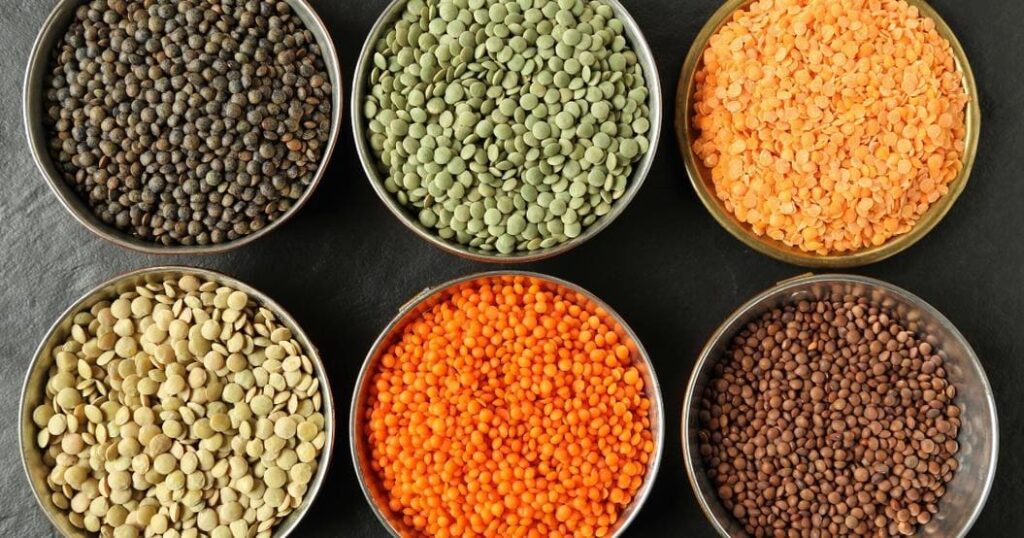
Lentil types
- Brown Lentils: The most common type, offering a nutty flavor and firm texture. Excellent in soups, stews, salads, and dals (Indian lentil dishes).
- Green Lentils: Smaller and quicker cooking than brown lentils, with a slightly peppery flavor. Perfect for salads, soups, and purées.
- Red Lentils: Earthy flavor and quick-cooking due to their split form. Ideal for dals, soups, and puréed dishes like lentil soup.
- Black Lentils: Small, black lentils with a firm texture and slightly peppery flavor. Hold their shape well in salads and stews.
Legumes Seasonality
Are you wondering when to find peak-season fresh legumes? Here’s what to look for, season by season:
- Spring – Peas, both shelled and sugar snap varieties, are at their peak in the spring. Fresh green beans are also starting to appear.
- Summer—Fresh beans, such as green beans and wax beans, are abundant during the summer months. This is also the time to enjoy fava beans.
- Fall – As the weather cools down, hearty legumes like lentils and dried beans become more popular.
- Winter – Dried legumes, such as chickpeas and black beans, are available year-round and can be found easily during winter.
Why Embrace Legumes in Your Kitchen?
With their rich nutritional profile, affordability, and versatility, it’s no wonder legumes are a staple ingredient in many cuisines worldwide. Here is why legumes are an absolute must-have in any restaurant kitchen:
- Affordability: Legumes provide a protein-rich base for budget-friendly dishes.
- Nutritional Powerhouse: High in protein, fiber, vitamins, and minerals, legumes contribute to a well-balanced and healthy menu.
- Perfect for Plant-Based Menus: Legumes are an excellent choice for those seeking a sustainable and nutritious alternative to animal protein.
- Versatility: Legumes can be enjoyed in countless ways, including soups, stews, dips, salads, purées, and even burgers.
- Global Appeal: Legumes feature prominently in cuisines worldwide, offering endless flavor inspiration.
Legumes Tips & Inspiration for Chefs
If you’re looking to up your legume game, here are some valuable tips to maximize these fantastic ingredients:
- Start Off with Cold Water: Legumes should be added to cold water when cooking. The only exception is chickpeas, which should be added to boiling water.
- Don’t Overcook: Overcooking will lead to loss of nutrients, color, and flavor. Add salt in the last 10 minutes of cooking to avoid the lengthening of the cooking process.
- Cook Legumes Separately: This will optimize cooking times.
- Avoid Aluminum and Cast Iron Pans: They can affect cooking and change the color of the product.
- Cook in Broth: Boiling legumes in broth can be an excellent way to improve flavor.
- Remove Foam: Removing foam from the surface while cooking will eliminate saponins and tannins, while improving texture.
- Embrace Plant-Based Dishes: Protein-rich legumes are fantastic meat substitutes in vegetarian and vegan dishes, such as bean burgers and lentil meatballs.
- Build Depth of Flavor: Spices, herbs, and aromatics like onions, garlic, and chilies unlock legumes’ flavor potential. Feel free to experiment with bold flavor profiles.
- Play With Textures: Legumes offer a range of textures, from creamy to firm. Utilize this to create textural contrast in dishes.
- Reuse & Reduce Waste: Leftover cooked legumes can be transformed into delicious salads, fritters, or dips.
Legumes Cooking Time
Cooking time can vary depending on factors such as the freshness of pulses, soaking times, altitude of the area, or hardness of water. Here are the approximate cooking times for various types of pulses:
- Lentils: 20-40 minutes for whole lentils, 15-30 minutes for decorticated lentils.
- Small Beans: Adzuki beans, mung beans, and split peas typically cook in under an hour.
- Medium-sized Beans: Including kidney beans, pinto beans, lima beans, and black beans, usually take 1-1.5 hours after soaking.
- Chickpeas: 1-1.5 hours.
Tips for Properly Storing and Preserving Legumes
Proper storage is crucial to keep your legumes fresh and prevent spoilage. Follow these steps to extend the shelf life of your legumes:
- Store dried legumes in airtight containers in a cool, dry place away from direct sunlight.
- Refrigerate cooked legumes in a sealed container and use within 3-4 days.
- Consider freezing cooked legumes in individual portions for future use.
- Canned or pre-cooked legumes offer a convenient, time-saving option for busy kitchens.
Conclusion
Legumes are a treasure trove of flavors, textures, and nutritional benefits. From their versatility to their rich protein and fiber content, legumes offer seasoned chefs a wide range of possibilities, from classic comfort dishes to original culinary offerings—all easily sourced through quality wholesale produce suppliers.
Valley View Produce – Delivering Quality Wholesale Legumes in New York
Are you looking for legumes in bulk for your food business? With Valley View Produce, you can find a wide variety of beans and pulses for your every culinary need. We deliver the freshest produce, pantry items, and kitchen essentials at competitive prices across NYC’s five boroughs six days a week.
Count on Valley View Produce as your trusted wholesale food supplier in New York, and place your order now!
